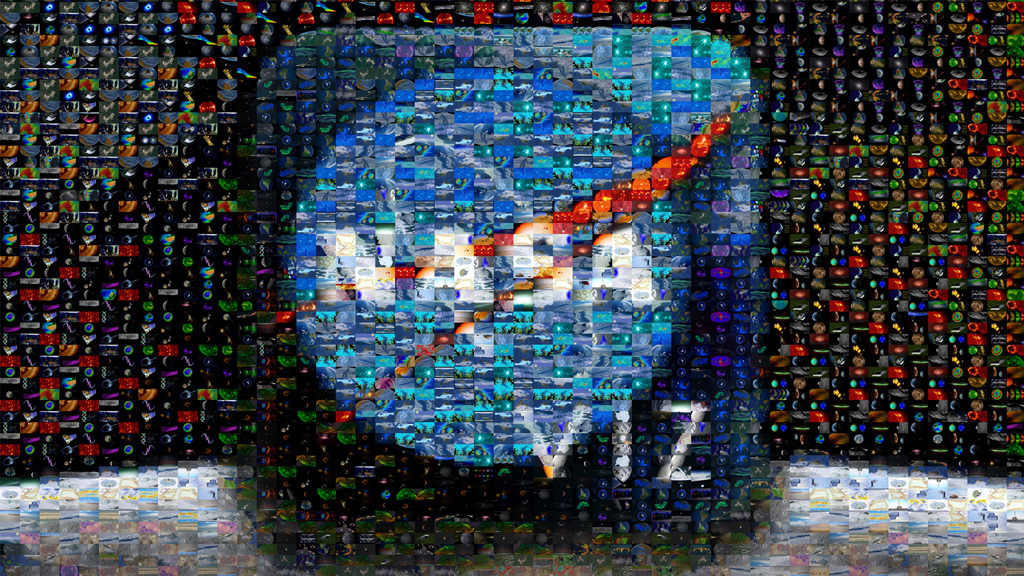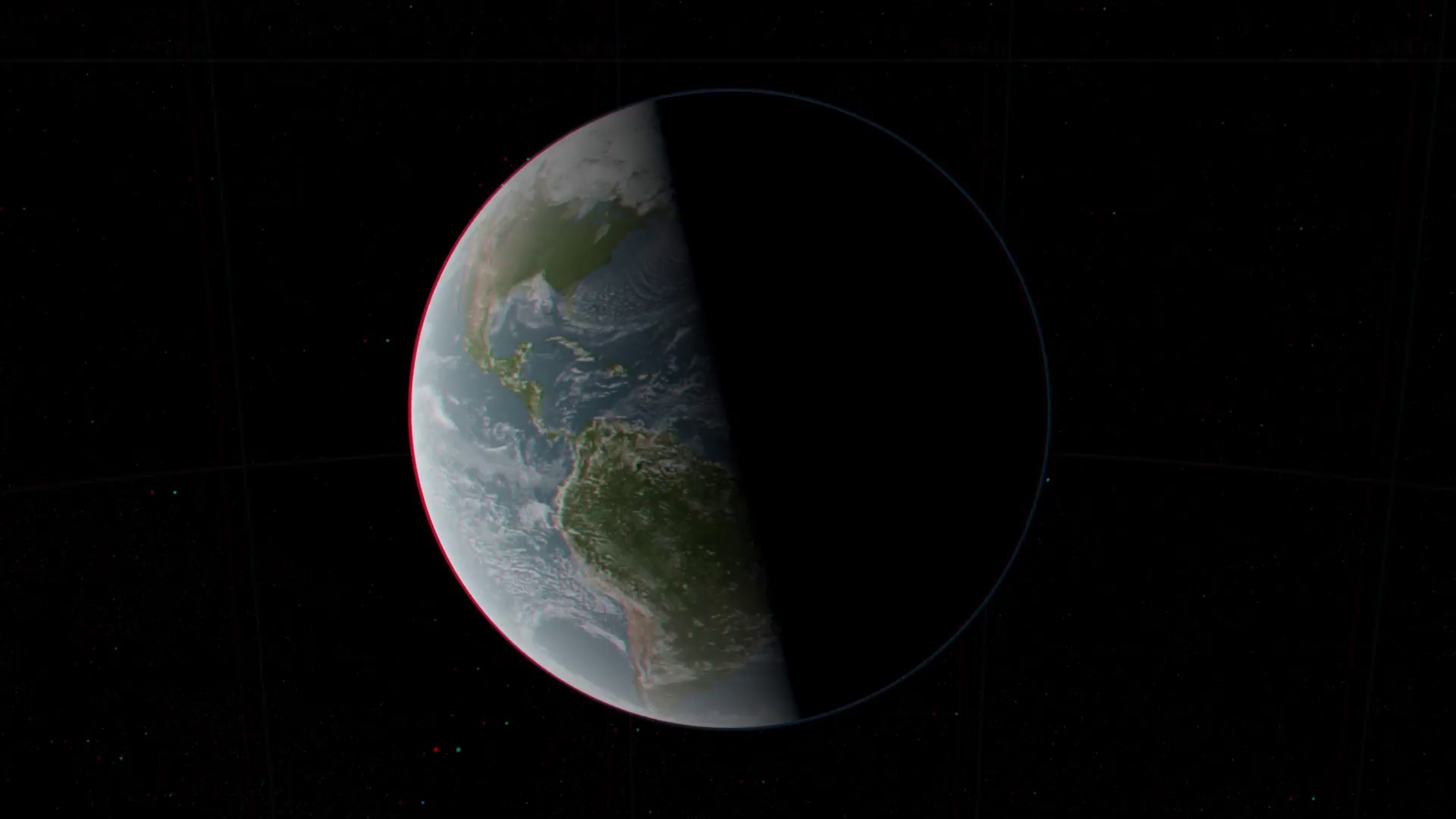Rattling Earth's Force Field
A giant magnetic bubble surrounds Earth, shielding our planet from the sheer power of the sun. Invisible to the human eye, the bubble—called the magnetosphere—is fairly round on the side that faces the sun, and then forms long, spaghetti-like strands that trail behind Earth and move in concert with the constant stream of magnetized particles known as the solar wind. The magnetosphere protects Earth from the brunt of the sun's energetic outbursts. But some gigantic eruptions of solar material, called coronal mass ejections, can nonetheless compress the shape of the magnetosphere, creating a geomagnetic storm. During strong geomagnetic storms, the fluctuation of magnetism and electricity near Earth can interfere with communication and GPS satellites, induce electrical surges in power grids on the ground and light up the skies with auroras. Watch the visualization below to see the shape of the magnetosphere that surrounds and cradles Earth, protecting it from the sun's explosions.

How massive solar eruptions rock our atmosphere.
Magnetic field lines, collectively known as the magnetosphere, surround Earth.

An artist's illustration demonstrates the movement of a coronal mass ejection from the sun toward Earth's magnetosphere.

Energy funneled along compressed magnetic field lines creates auroras when the energized lines intersect.

This aurora, photographed in Finland, was a beautiful side effect of a geomagnetic storm in February 2012.
Credits
Please give credit for this item to:
NASA's Goddard Space Flight Center
Aurora photograph from Thomas Kast
-
Animators
- Greg Shirah (NASA/GSFC)
- Tom Bridgman (Global Science and Technology, Inc.)
-
Producer
- Michael Starobin (HTSI)
-
Writer
- Karen Fox (ADNET Systems, Inc.)
Release date
This page was originally published on Tuesday, April 24, 2012.
This page was last updated on Wednesday, May 3, 2023 at 1:53 PM EDT.

